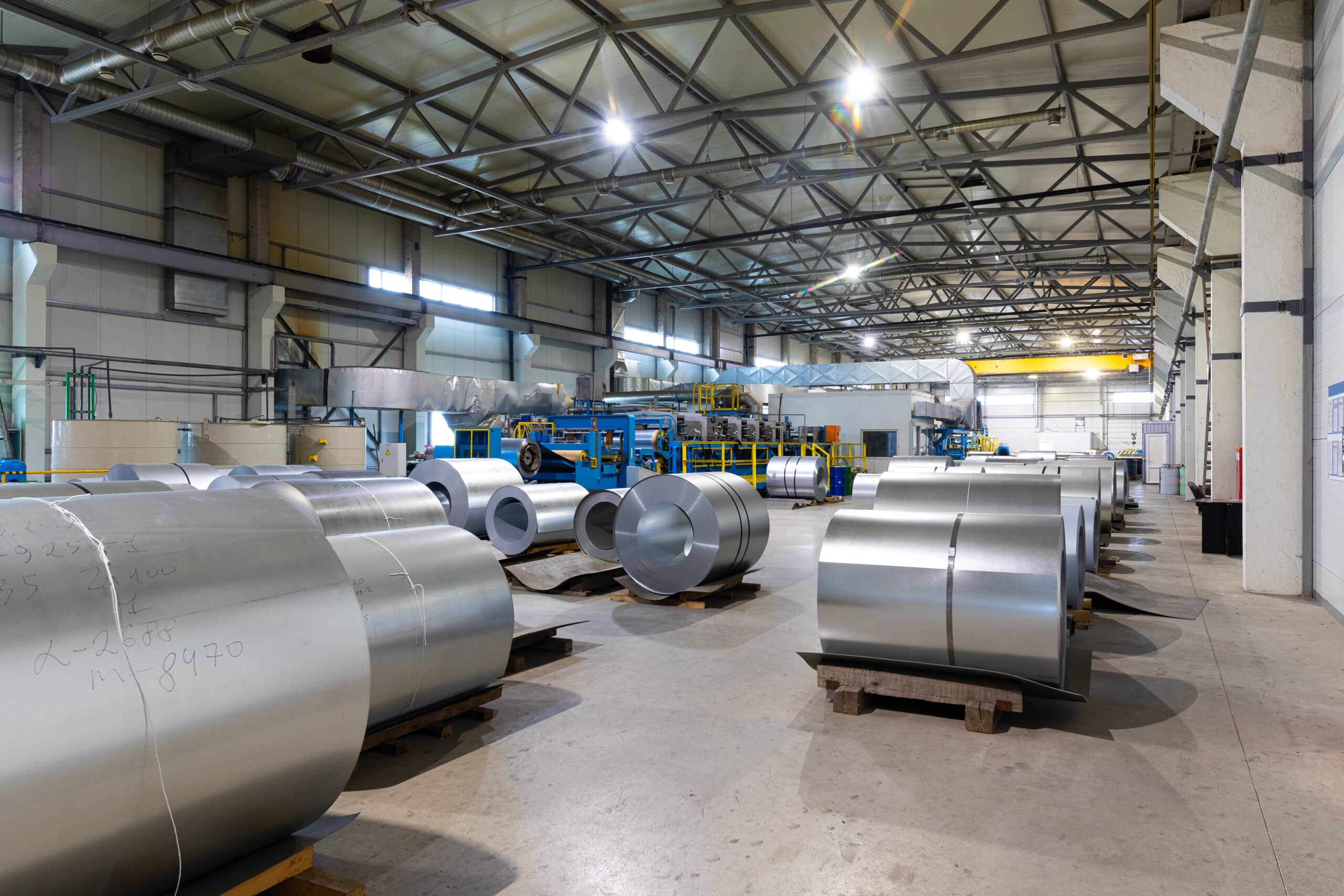
Steel is responsible for nearly 9% of carbon emissions worldwide because it has traditionally been heavily reliant on coal. To make a real impact on the Earth’s atmosphere, large global industries like the steel industry need to invest in new ways of producing their materials.
Read more: Benefits of Hydrogen-Powered Steel ProductionHelps with Decarbonization
Decarbonization is a method of reducing the carbon and methane emissions released by an industry or enterprise to help decrease the environmental impact. By changing how steel manufacturers produce steel, they can significantly reduce their carbon footprint.
Hydrogen-powered steel production changes how iron is typically extracted from iron ore. In this new method, hydrogen replaces the typical techniques that use fossil fuels to help significantly reduce or even nearly eliminate the leftover gasses.
Companies tend to have the biggest effect on the environment’s well-being. As consumer knowledge regarding climate change grows, more are demanding a shift to environmentally friendly business practices from large corporations. This desire has already helped fuel incentives set by governments and even other businesses worldwide to satisfy customers desires, and it will likely make the shift to green energy more financially beneficial for companies as well.
Supports Green Steel Initiatives
Scientists and entrepreneurs are now making it their missions to continue to develop Green Steel initiatives. The typical process includes using fossil fuels to extract the iron from the ore, which exudes a hot blast and emits large amounts of carbon and other potentially toxic gasses. This metal is then heated and formed into the pieces that will become bridges, train tracks, buildings, and more.
The Green method uses a technique called hydrolysis, meaning it splits water into oxygen and hydrogen by using renewable sources of energy. Hydrogen reactors, hydrogen burners, hydrogen injections, and hydrogen plasma smelting reductions end up replacing coal, furnaces, and natural gas.
This process could potentially reduce the emissions a significant amount and help satisfy the worldwide climate goals declared by international agreements, such as the Paris Agreement.
HYBRIT process
HYBRIT stands for Hydrogen Breakthrough Iron-making Technology, which is another way of describing how electricity can be used to power renewable sources of energy and create non-toxic forms of gas in place of carbon and methane.
One of the global leaders for HYBRIT is Sweden. They have already led experiments where they switched their conventional methods of ore extractions for hydrogen-powered ones. While researchers are still determining the details of this process, some experiments are now ready to reach commercial-scale operations in the near future.
For those who are worried about the increased costs and pricing that rise with more non-toxic methods like HYBRIT, there are an increasing amount of initiatives set by governments all over the world for businesses who continue to offset their carbon impact. For example, the European Union Emissions Trading System has a limit set on the amount of emissions able to be released by each enterprise, and those who produce less than this limit are even allowed to sell their extra allotments for a profit.
Therefore, as global interest in protecting the planet increase, so do the potential benefits from using greener methods of producing everyday materials like steel.











